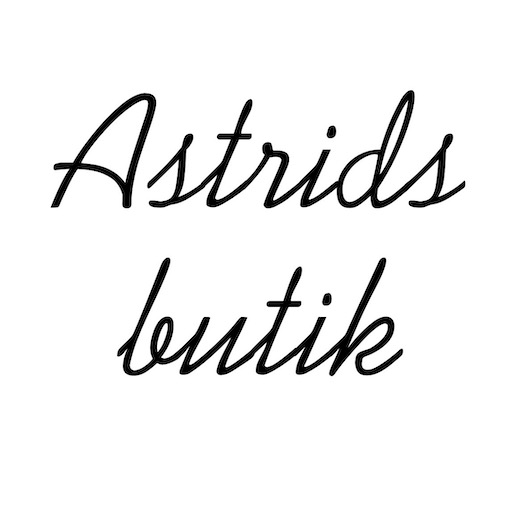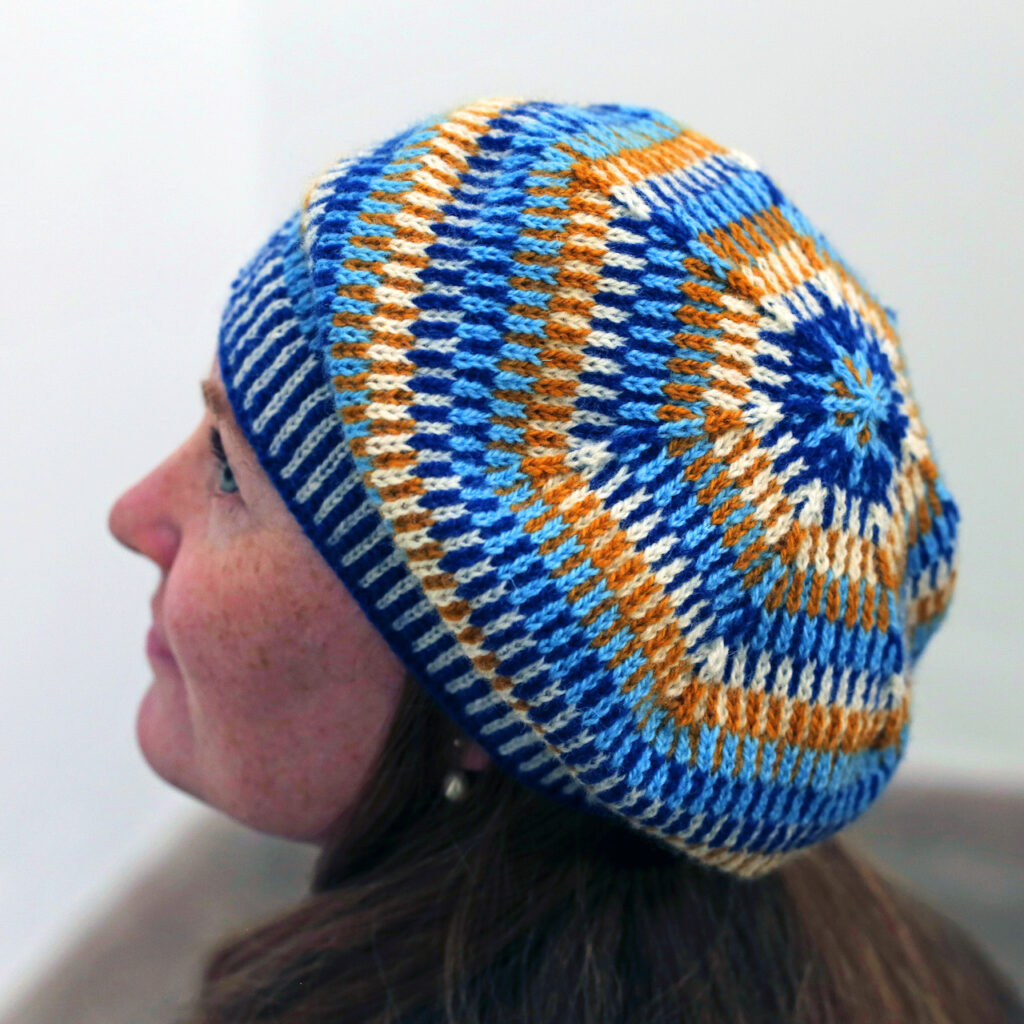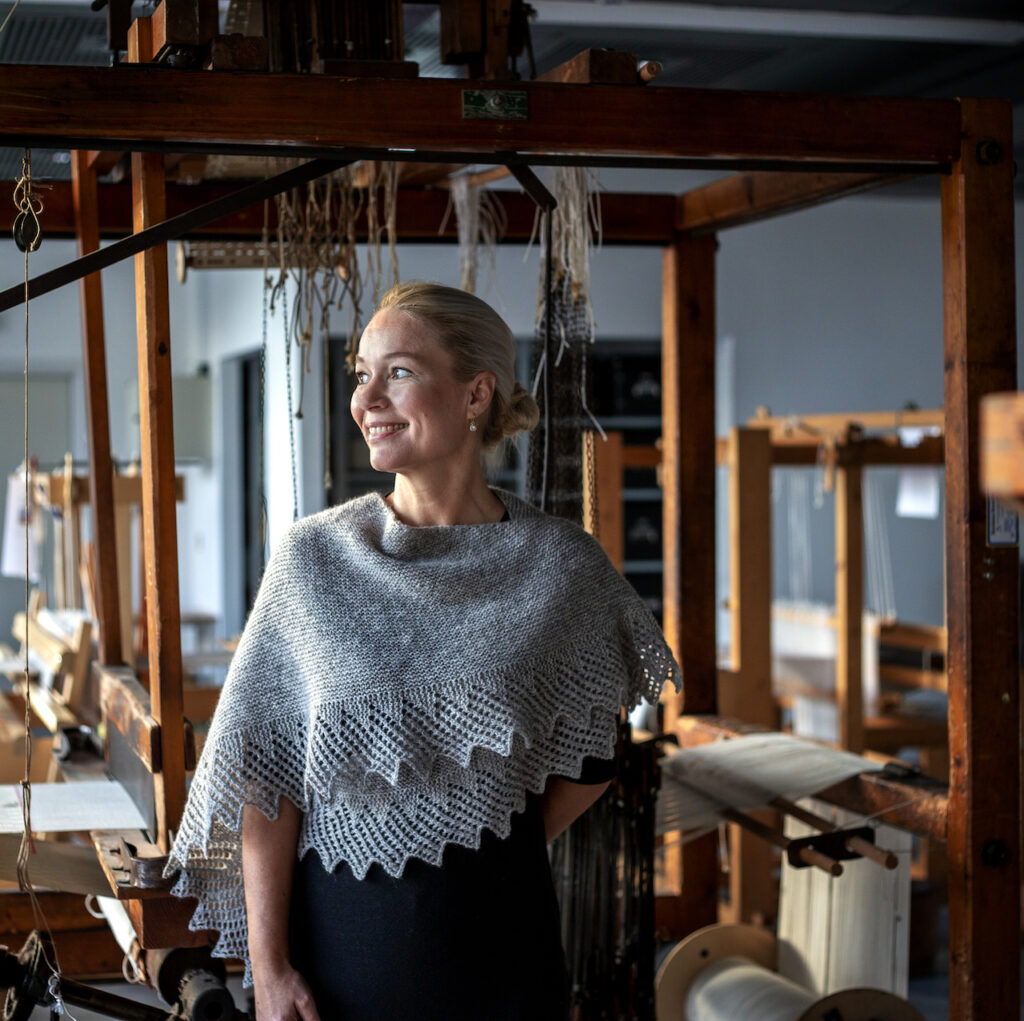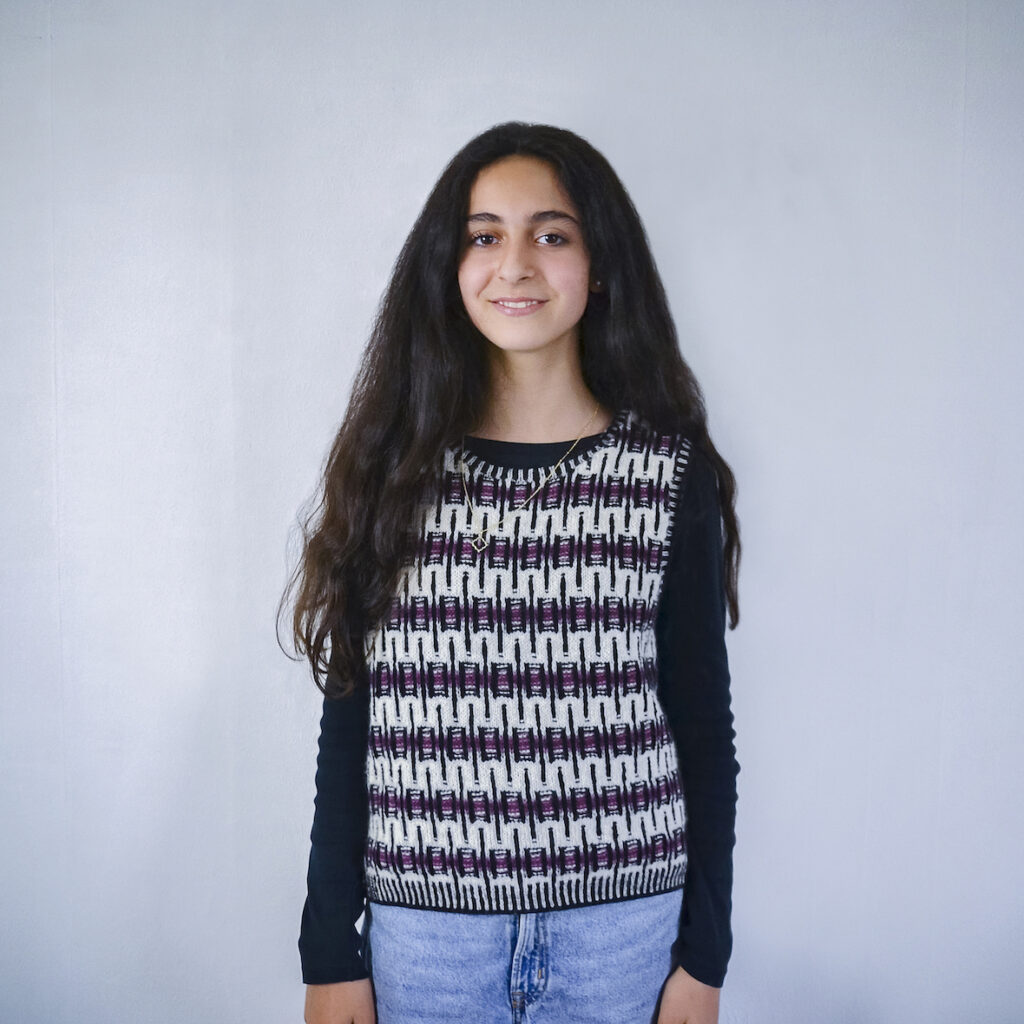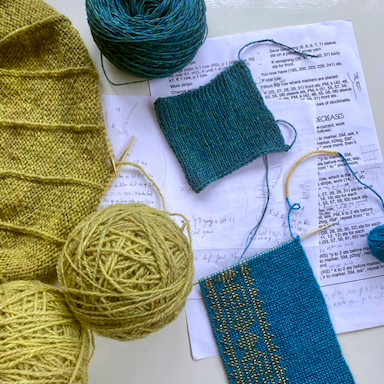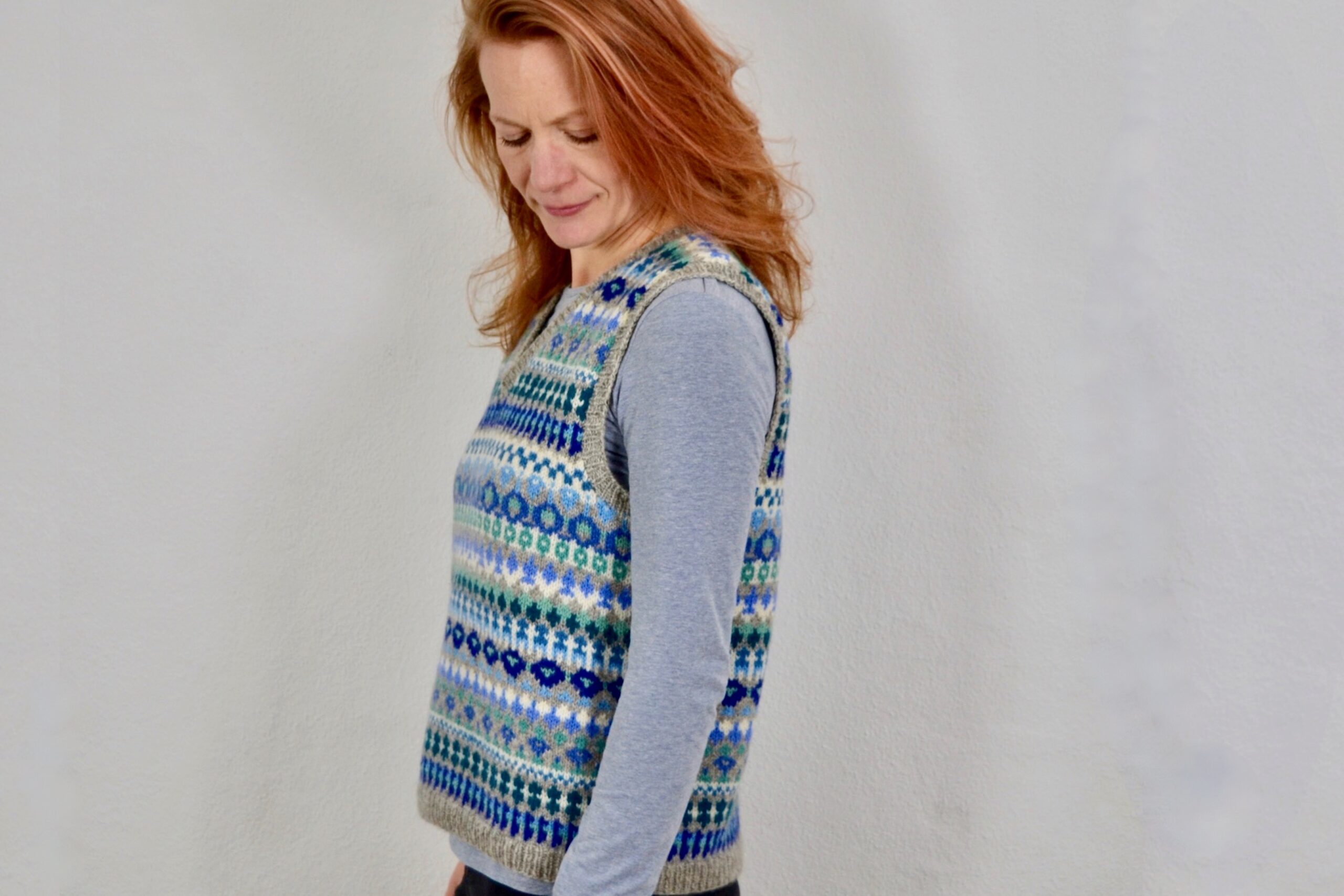
Publishing a knitting pattern always makes me happy. This one even more so, since it is the first pattern I publish on this web page, and it is a pattern that I’ve been thinking about for a long time!
Some years ago, when I lived in France, I visited my aunt, who lives outside Paris. We spent Christmas and New Year’s together, talking a lot about many things, including my grandmother – her mother – Judith Harvest.
I have mentioned Judith Harves before on this page, and also the small stranded vest that she knit during the first half of the 70’s. When I visited my aunt that Christmas, she let me have the small vest that had been sitting in her attic for many years. That became the beginning of a much larger project for me. Here is the original and an almost-copy that I made:
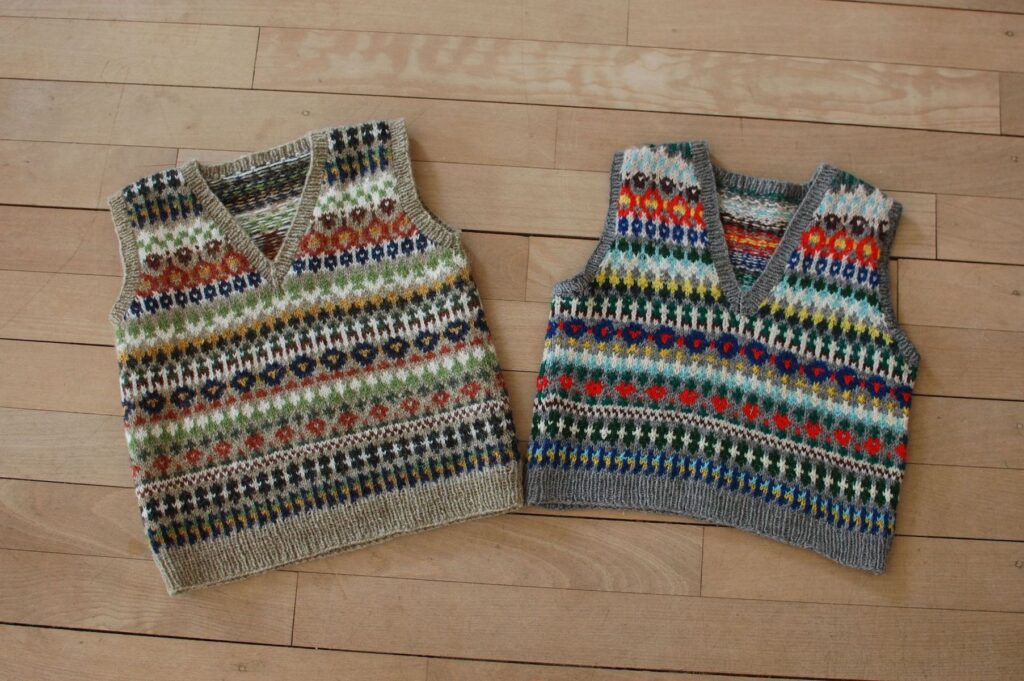
The vest is interesting because its patterning does not belong to one single knitting tradition, but incorporates elements from several different traditions.
Judith spent all of World War II in England, where strict rationing of yarn and clothes were in place. Before the war, in the 20’s and 30’s, Fair Isle knitting became hugely fashionable. The fancy Fair Isle garments were very colorful, but the colors were coordinated and used in patterned bands that were repeated.
Wartime knitting became extremely colorful. In many cases, it was not hard to tell that the colorful expressions were a necessity because of scarcity. Seen from the present, some of the wartime knitting is just beautiful, for example the cardigan at the bottom of this post in Susan Crawford’s old blog. The colors never repeat, but are visually held together by repeating the same pattern throughout.
Judith never let odds and ends of yarn go to waste, and a lot of garments that she made during the 60’s and 70’s are made largely with leftover yarns knit in Fair Isle-type patterns, sometimes with clear Scandinavian influences. For example, I’ve seen some of the small geometric forms from the Memory pattern in patterns from Norway.
A radical new knitting style emerged in Denmark in the 70’s – “hønsestrik”. The direct translation of the term is “chicken knitting”, a comment directed at the men at the “Red rooster” publisher who had rejected publication of the book that detailed the new knitting. Chicken knitting was an often chaotic mix of colors and shapes, rebelling against “big yarn” and its control of individual creativity.
I’m quite sure that Judith immediately recognized the creativity of chicken knitting, and she used elements of it in her own knitting during the 70’s. I also quite sure that she did not approve of its political messages.
The patterns from little vest became much less chaotic in my Memory Vest, since I’ve limited the colors, only using a limited palette. I decided on the name Memory Vest because I found a photo in one of Judith’s albums where my cousin is wearing the little vest. The picture was taken during a trip to England in 1975 where they visited the small town Watlington (in Norfolk).
Judith spent most of WWII alone in Watlington. Her husband, William Wildman, was killed in 1940, and his namy is seen on the monument. On the second photo, my cousin is leaned against a stone that bears the words “In Memory” and wearing the vest.

I decided to make my version of the vest in women’s sizes, and the pattern has 7 sizes from XS to 3X, with a finished chest measurement of 83 to 147 cm (32 3⁄4 to 58 inches). Here, my sister is wearing the pink version with a white shirt under, the most classic of vest looks

Being a redhead, she obviously went for the pink version (what is it with pink and redheads?) although I had planned for her to wear the blue one! But we managed to get pictures with the blue version too, both with the classic white shirt and in a casual version with a long sleeve tee under
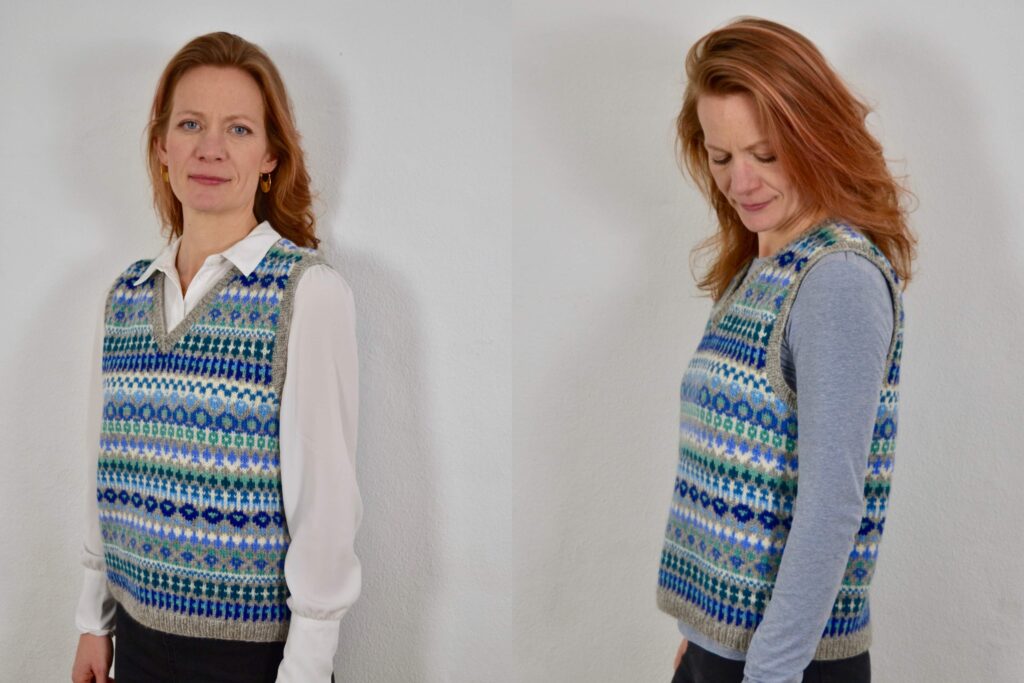
The Memory Vest is knit with Rauma Finull, which is an excellent yarn for colorwork. Because it comes in so many colors, but also because it blooms nicely when washed, holding together the knitted fabric. The vest is steeked, and when knitting with Finull, it is not necessary to reinforce the steeks, the steek stitches themselves and the picked up edges hold together just fine.
I have put together kits for the Memory Vest, in three color combinations: blue, pink, and green. You can find them in our online store:
It is also possible to buy the pattern only, you will find it here. You can of course work the vest using other yarns than Rauma Finull. Finull is 175 m / 50 g (191 yards / 1.77 ounces), and the vest is worked at a gauge of 25 stiches x 27 rounds = 10 x 10 cm (4 x 4 inches). It is possible to use a more slippery yarn, but then it is wise to reinforce the steeks with a couple of machine seams before cutting.




